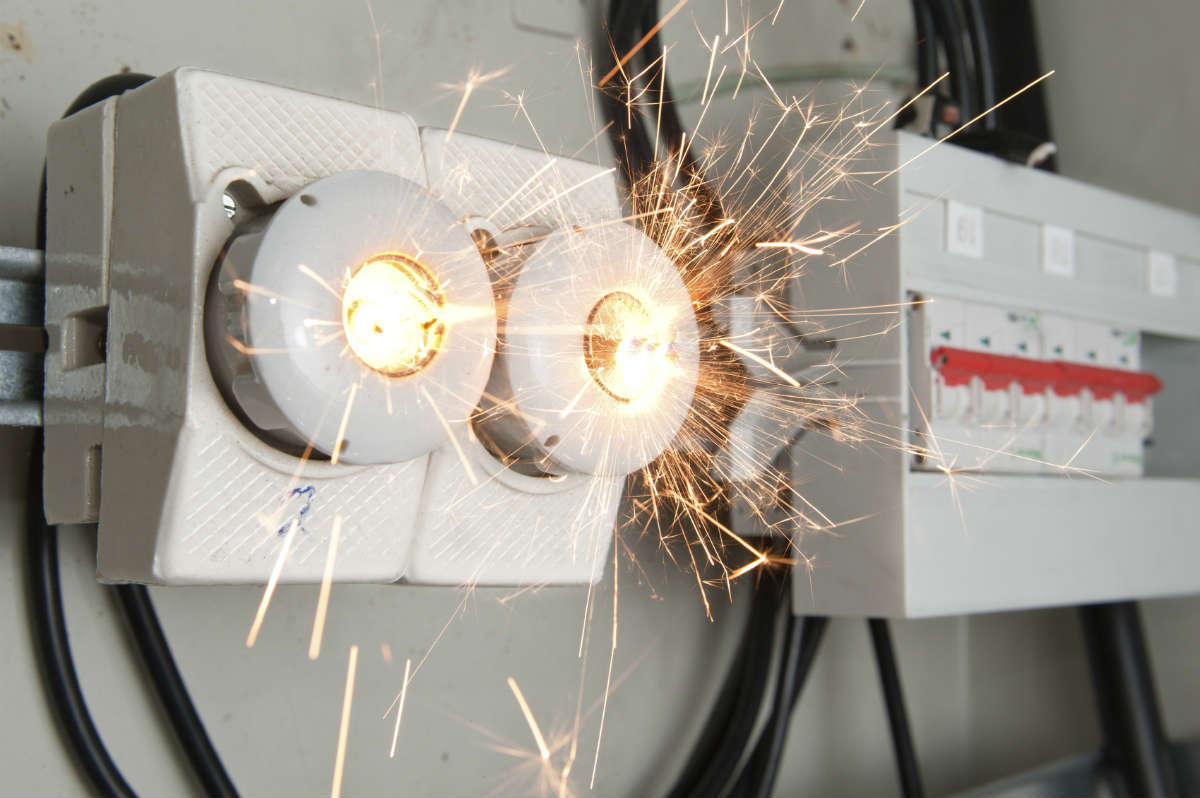Workplace safety should be a priority for all employers. However, there are employers who do not closely follow standard safety regulations, putting their employees at risk for injury.
FREE CONSULTATION

30 YEARS EXPERIENCE
OVER $100 MILLION COLLECTED
ONLY WORK COMP
This is the lawyer you want to hire! Just read the reviews. It is all true. Incredible! He will get you every dollar of lost wages, get you every ounce of medical treatment, and get you the highest possible award from the Division of Workers Compensation.
These reviews are correct. This attorney is incredible. He knows workmans compensation, fights for denied treatment and wages, and gets your on the job injury rated by the best doctors. I will be using him from here on our great experience.
The Law Office of James M Hoffmann was referred to me from a previous client, that was extremely impressed, with his service and outcome.
I met with Jim Hoffmann to discuss a car accident. Three cars were involved, my car was totaled, and I was seriously injured. After meeting with Jim the very first time, I immediately felt comfortable, and knew that he would have my back, and would fight for me.
Throughout my journey, I dealt with a lot of pain and several issues that lasted for years. During this time I had to contact Jim and Jamie (Jim’s wonderful assistant) many times. Every time I sent an email with questions, I received feedback extremely quickly!
I feel Jim negotiated a great settlement for me!
The Law Office of James Hoffman will be the first place I contact if I ever need his help again!
Suzanne Charles
Compensation? Get this lawyer. Simply better than all the rest.
Employers have the responsibility to ensure that their workplace and its surroundings are safe and hazard-free. However, there are employers who do not adhere to the OSHA safety regulations. There are thousands of electricians working every day on various electrical systems – repairing or replacing old wiring, installing new wiring, and replacing other electrical transmission equipment. Most of these jobs are completed without incident; however, approximately 9% of electrical jobs result in some injury to the worker. OSHA lists electrical injuries among the ‘fatal four’ construction injuries. The yearly inspection of workplaces has found that the non-compliance of electrical safety regulations is the most common problem resulting in electrical accidents.
Who Is at Risk for Work-Related Electrical Injuries?
Many employers and employees believe that electricians who work on electrical power lines, tree trimmers, landscapers, welders, construction site workers, and people working below overhead power lines are the most susceptible to electrical accidents. However, any worker working with electrical machinery is at risk for injury if safety regulations are not followed. For example, machines kept in damp locations and loose or damaged power cords are violations of safety regulations.
When a job requires a worker to repair electrical equipment, it is the employer’s duty to ensure that the power to the equipment is disconnected. There have been scenarios when an employee has turned on power to the equipment that another employee has been working on, thus causing an injury, even fatal at times. This can be avoided if the employer puts on a ‘do not switch on’ warning sign on the power switch of the equipment.
Case Study – A Preventable Death
Recently, a worker in a refrigeration factory in Bridgetown was electrocuted while working on electrical equipment when the power was switched on. The OSHA investigation revealed that the power was not switched off prior to starting work. The worker received a shock from the equipment which resulted in his death. This incident was completely avoidable had the basic safety standards been followed.
Financial Help for Victims and Their Families
The family of the worker who died has lost the sole earner for the family and will also have the expenses for a funeral and burial. The workers’ compensation insurance fund may provide death benefits to the spouse and other dependents of the victim of a fatal workplace accident. The compensation claims process can be difficult to navigate and it is always advisable to consult with an experienced Missouri workers’ compensation attorney so that the rightful compensation is received.
Call for a free consultation.
The Law Office of James M. Hoffmann
(314) 361-4300
Workplace Injury and Accident Causes
Asbestos Exposure
Asbestos Removal
Second Hand Asbestos Exposure
Sexual Assault Workplace
Physical Assault at Workplace
Workplace Injuries Assembly Line
At Fault Accident
Workplace Attack
Benzene Exposure
Injured on Lunch Break
Building Collapse
Workplace Bullying
Chemical Exposure in the Workplace
Chemical Hazards in the Workplace
Cold Stress in the Workplace
Combustible Dust Explosion
Computer Use
Construction Site Accident
Conveyor Belt Accident
On the Job Injury Cause by Coworker
Crane Accident
Injuries from Desk Jobs
Diesel Exhaust Fumes Exposure
Digging Injury
Breaking Company Policy
Drowning at Work
Workplace Drug Use
Electrical Workplace Accidents
Elevator Accident
Equipment Accident
Ergonomics in the Workplace
Excessive Overtime
Workplace Explosion
Extreme Danger
Fall at Work
Fire in the Workplace
Slicer Accident
Forklift Accident
Walk in Freezer
Gas Pipeline Accident
Hard Work
Workplace Hazardous Substances
Hazardous Equipment in the Workplace
Heavy Machinery Accident
Horseplay in the Workplace
Danger at Workplace
Insomnia in the Workplace
Jumping Accident
Ladder Falls at Work
Loading Dock Accident
Machinery Accident Workplace
Equipment Failure Accident
Mining Accident
Mold in the Workplace
Nail Gun Accident
Workplace Noise
Non Collision Accident
Heavy Objects
Workplace Office Equipment
Opioid Use
Injury at Work Due to OSHA Violation
Overexertion Injuries at Work
Use of Pain Killers
Power Tool Injury
Inadequate PPE
Repetitive Motion Injuries in the Workplace
Mansfield Bar
Scaffolding Accident
Secondhand Smoke in the Workplace
Side Effects
Silica Exposure
Sleep Disorder
Slip and Fall Injuries in the Workplace
Stairs at Work
Struck by a Vehicle
Tar Fumes
Toxic Chemical Exposure
Toxic Fumes in the Workplace
Car Accident While Working
Trench Collapse
Trips at Work
Unsafe Working Conditions
Workplace Violence
Welding Injury
Winter Hazards in the Workplace
Working Shifts

